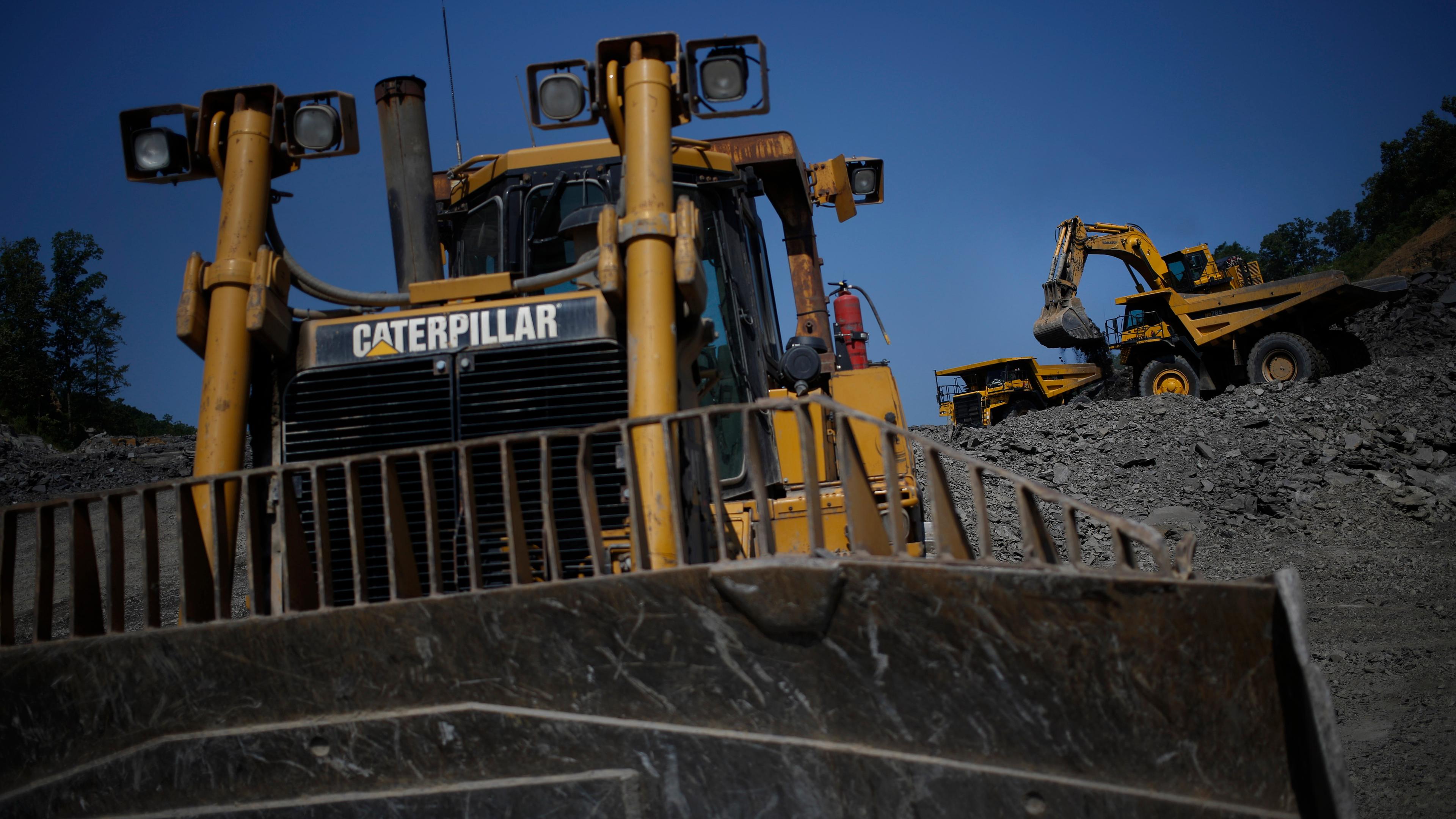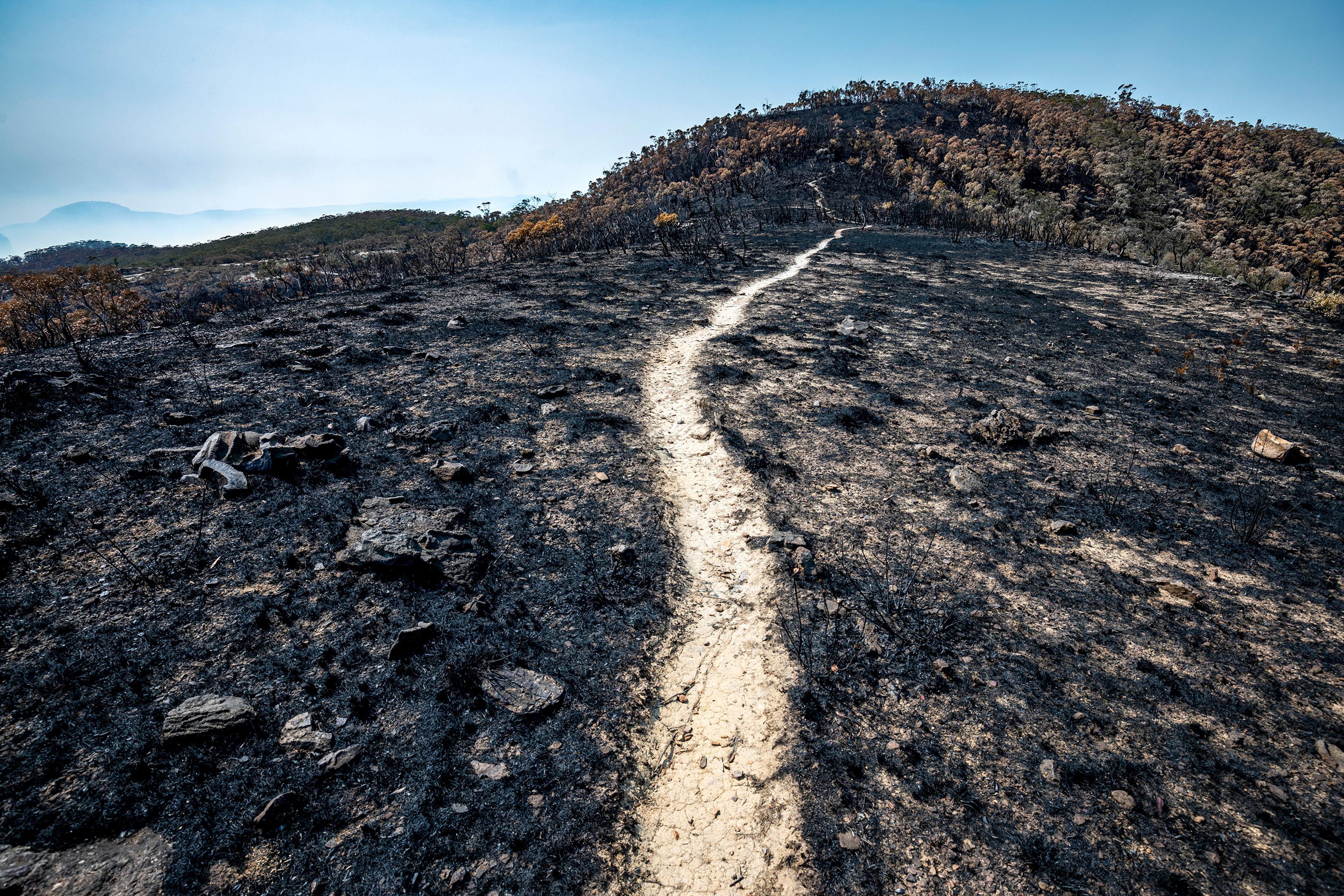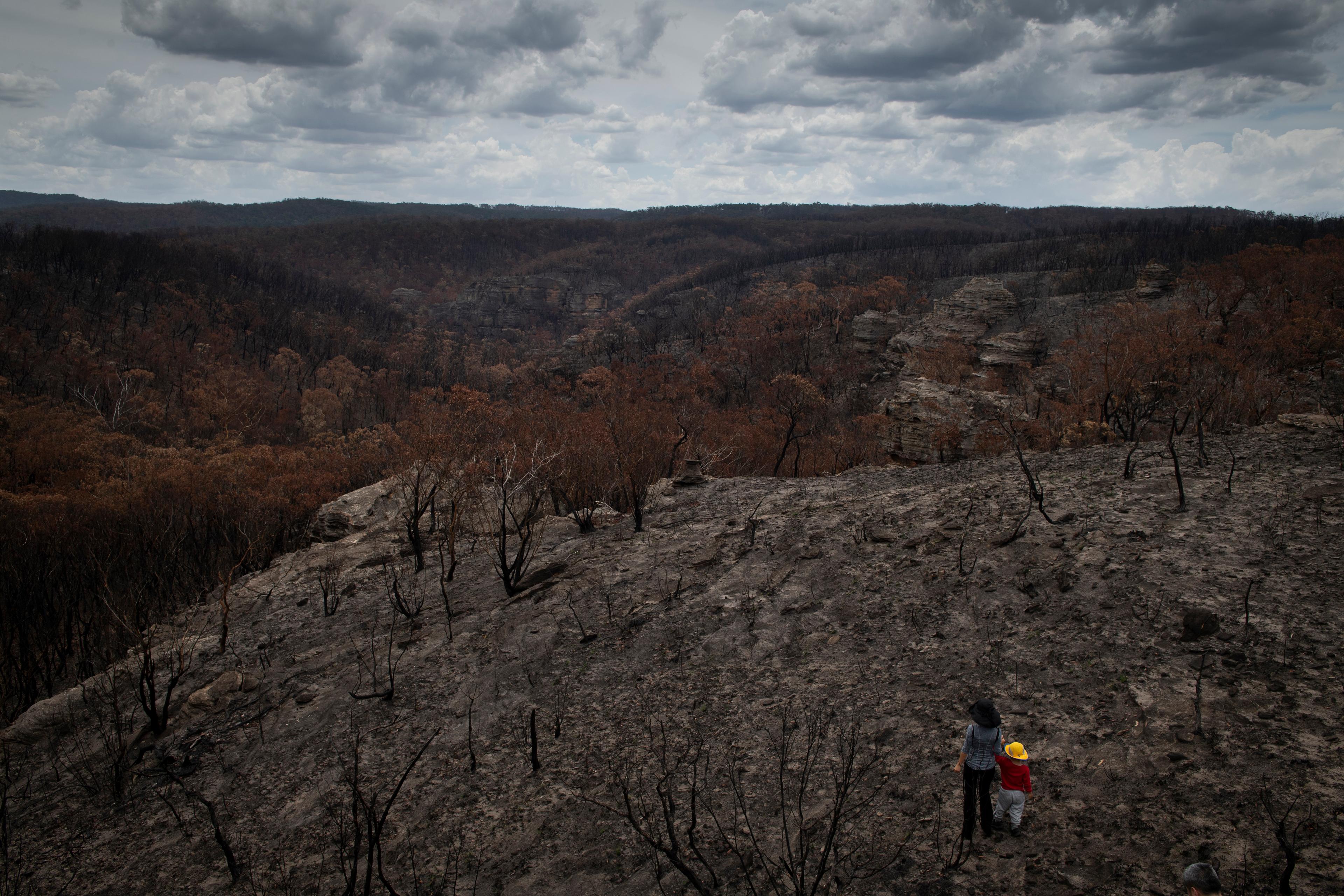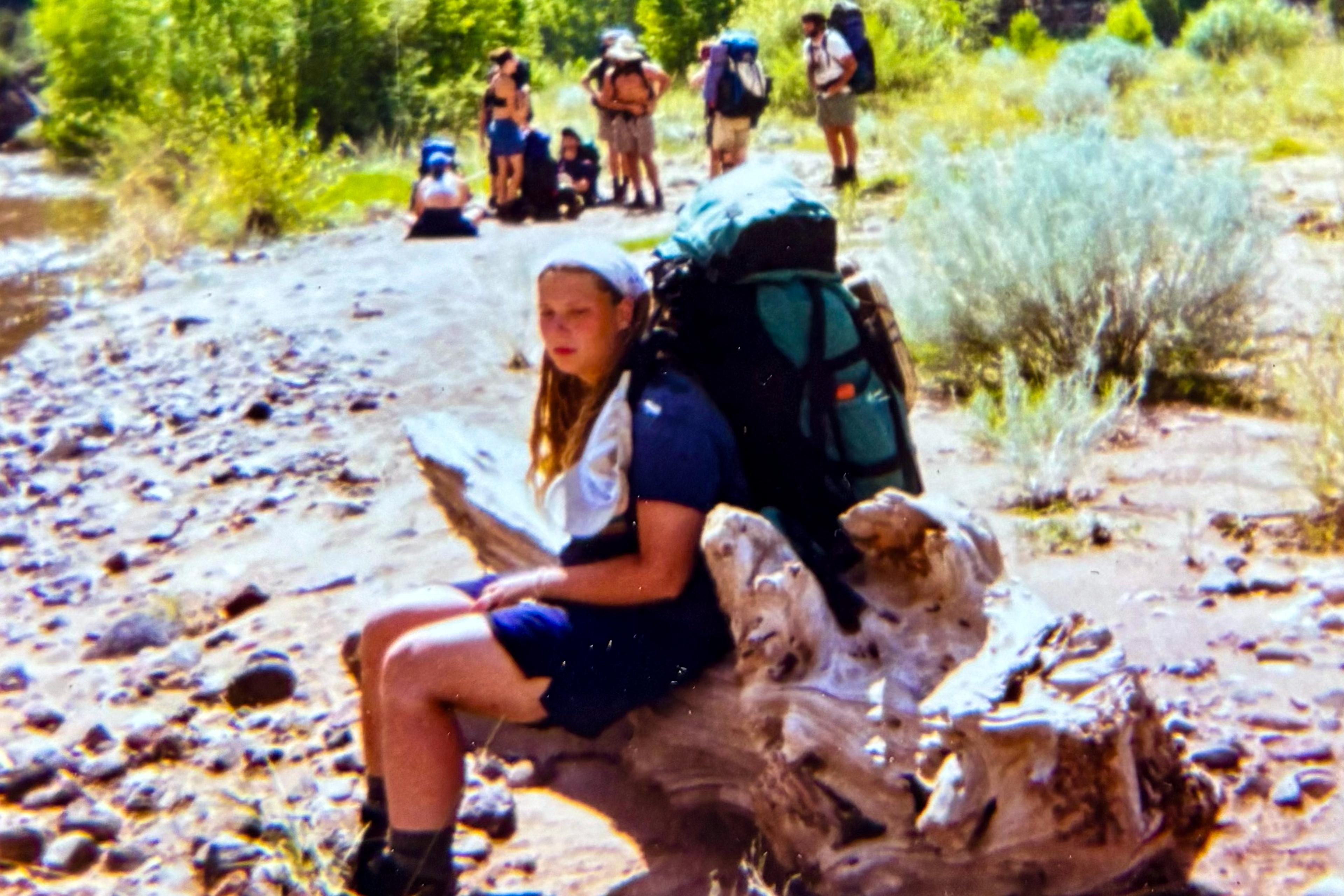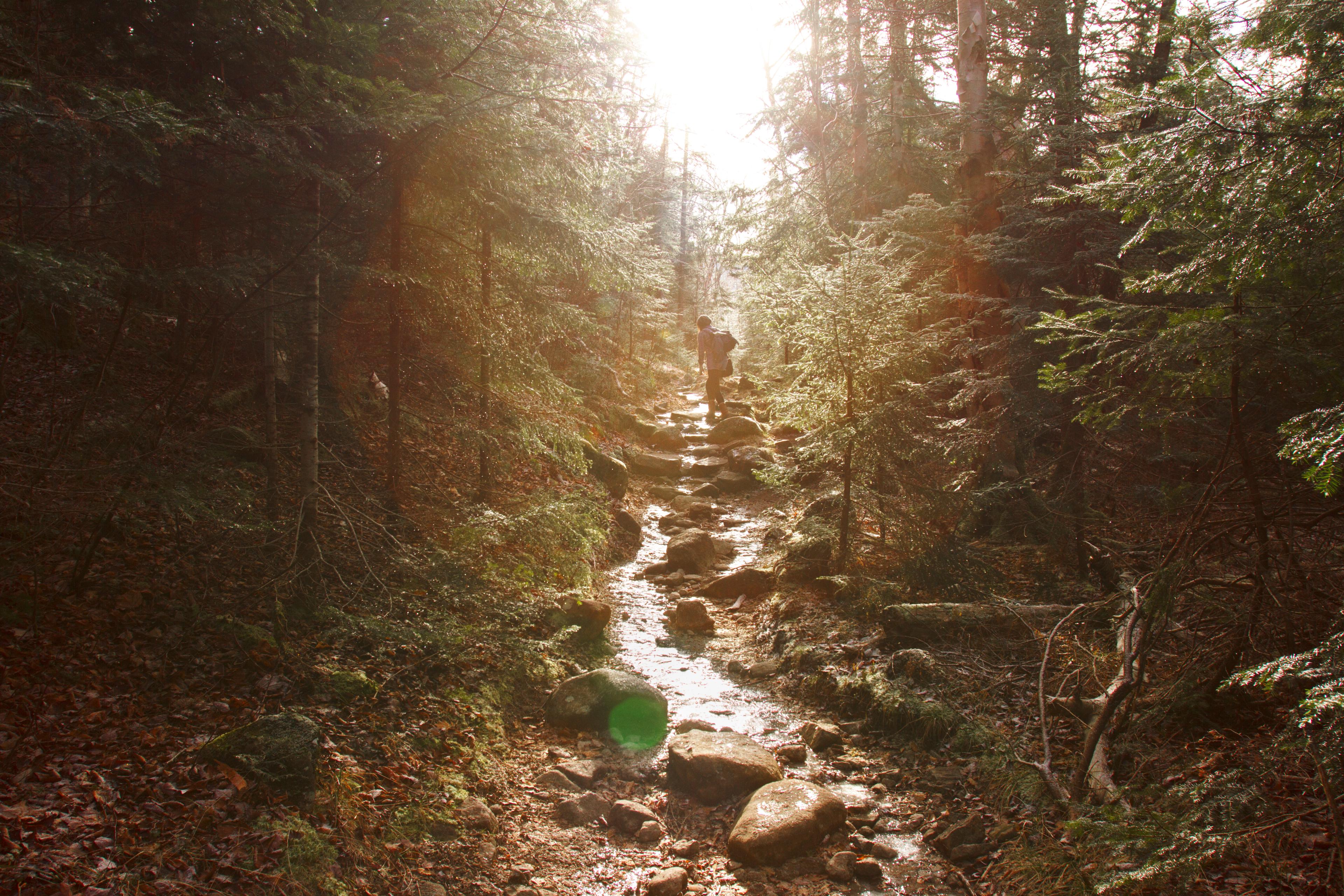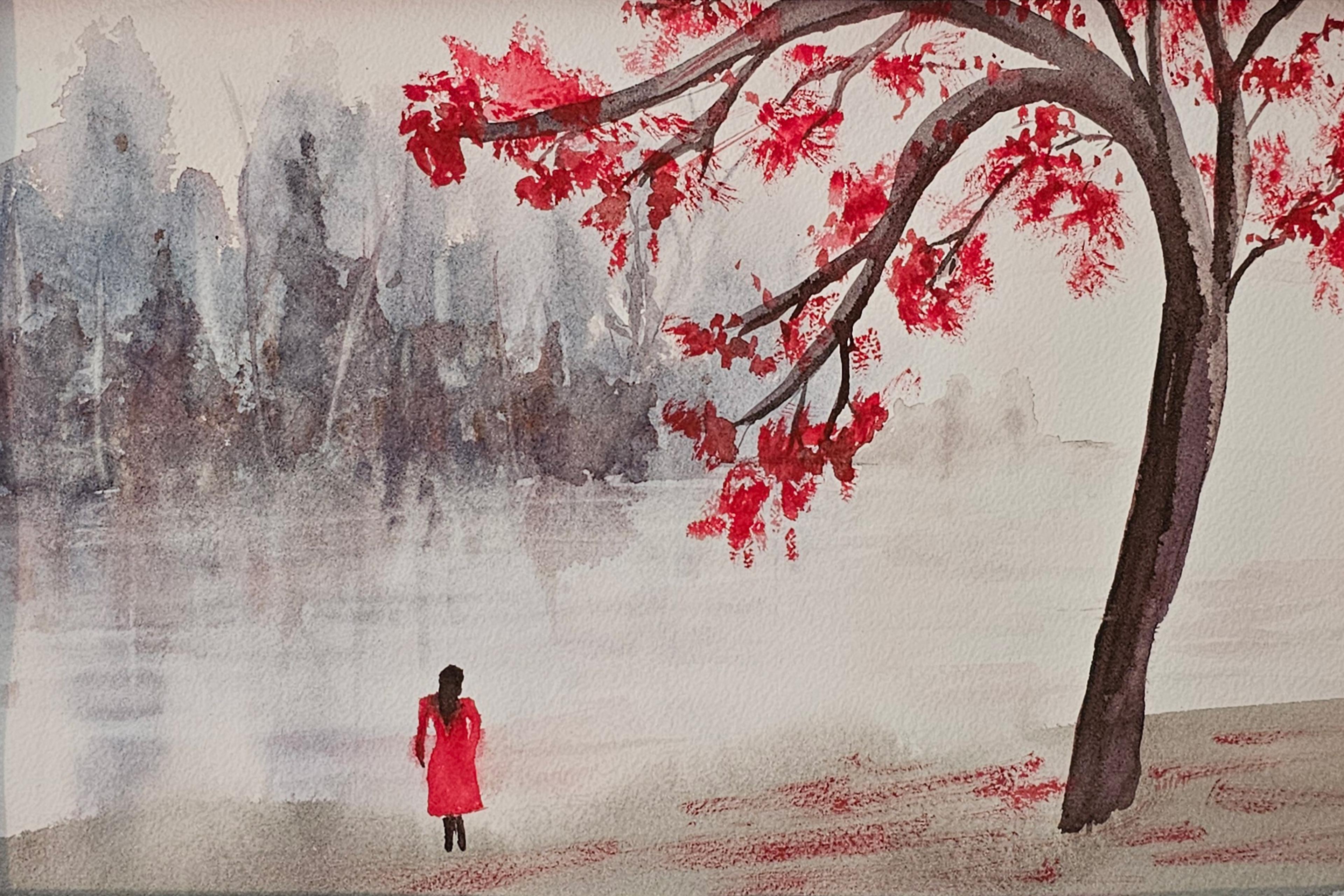I first walked on to a job site as a 12-year-old. After a few hours as a gopher – one whose job is to ‘go for’ tools and supplies needed by the skilled workers – I finished the day with money in my pocket. From then on, I spent each school break doing one form of construction or another.
It was the 1980s. An hour north of Atlanta there was burgeoning demand from rural commuters and metro retirees for new mountain homes. In that first year of construction work, I learnt to keep a steady paycheck: first, by working with the surveyors; then, day-labouring as an apprentice in subsequent phases until the houses were finished and the lawns landscaped.
I was 18 when the state of Georgia announced a new interstate through the Appalachian foothills, where I lived. The retirees fleeing the city, whose homes I had been building and who would most benefit from the project, had a tax base that commanded the ear of local politicians; moreover, the newly elected governor had family in the area who would profit selling construction supplies. The highway construction project, which would connect the expanding suburbs to the city, offered years of employment instead of the months required to build houses. I found the closest project manager’s office and applied for a job on survey crews, becoming one of the first locals to be hired.
The manager’s mobile office was parked off a two-lane road atop a ridgeline of granite rock that was a half mile long and 50 feet wide at the top. The ridge was the designated ‘point of beginning’ (POB) for surveyors, bisecting the eight-mile long, half-mile wide segment of the interstate that I would work on. Because the road was heavily used, it could not be severed until an alternative route had been established for local traffic. As construction of the highway progressed, it remained the vantage point from which miles of the larger project area could be seen.
During the first weeks, I met my crew at the POB in the mornings for coffee and safety meetings, then we walked together into the lush forest that we literally could not see for the trees. Carrying our machetes, using whetstones to keep a keen edge on the blades, we cleared two-man-wide paths on either side of the intended interstate. Each day, following our compasses, we spooled out hundreds of yards of colourful plastic survey ribbon while hacking though thick undergrowth that had matured since it was last harvested: 150 years earlier, when the native Cherokee were forced out to walk their Trail of Tears to Oklahoma.
The survey crews worked in wet conditions that other crews could not.
The tree skidders that tailed us on dry days – felling the trees corralled by our ribbons – sat silent when it rained, but we kept working, regularly spooking white-tailed deer, covey of quail, wild turkeys or the solitary grouse. Occasionally, a redtail fox would emerge from a den when we got too close. The natural beauty of the forest was so great it was impossible to appreciate from the midst of it. I could not see the whole of it with my eyes, and my mind assembled the puzzle pieces only later.
Its huge claw would grab the trunk, circular saw blades cutting the tree away as the claw tilted it
One day, at about 8 am, I swung my machete harder than was needed and it passed through a soft vine to rip open the back of my hand. The cut was long but not deep, with no severed tendons – more of a skinning slice than a gouge. I rinsed it with cold creek water, adding spit and yarrow leaf for antiseptic, wrapped the wound in a bandanna, and carried on with the day. The wound did not become infected, but neither did it heal quickly, nor well. The scar will always exist, a crescent moon across the back of my hand.
The survey ribbon made a visible boundary for the logging crews to remain inside. They started behind us, working forward and outward. From above, their progress resembled a flock of geese in flight, slowly converting dense forest into cleared land. When the surveying job reached completion, I began working with the logging crews, driving one of their many skidders. Its huge claw would grab the trunk of a tree, circular saw blades cutting the tree away as the claw tilted it, laying it on the ground in a controlled fall. Some days I was assigned to the smaller bulldozers that pushed out the stumps left behind by the skidders, creating a logging road for the pulpwood trucks to come in with their cranes and grapples to load the felled trees. As loggers cleared the forest, the dozers piled stumps and limbs into mounds 20 yards across and as high as they could make them. These were then set on fire. In subsequent days, the resulting coal and ashes were ground into the soil, forming the first appearance of a road.
As their forest homes disappeared, the wildlife evacuated the area. The snakes stayed behind, a rear-guard guerrilla force sapping progress as best they could with their time-tested suicidal ambushes. During the cool nights of spring and autumn, they were attracted to the heat beneath the parked equipment that had run all day. During pre-dawn checks of engine water and oil levels, they expressed their ire by striking our boots.
When one phase of the project ended, I found employment in another. Months passed, then years. I drove monstrous dump trucks called Ukes and huge dozers, moving earth high to low from daylight until dark, even on the longest summer days. We pushed topsoil and forest remnants into the valleys and funnelled once-lively trout streams through man-size pipes. Slowly and steadily, the base roadbed inched up to meet the engineers’ desired grade.
‘Grade’ was what everyone involved was working towards, though most were so far removed from that end goal, they did not think about it. The architects had written down a measurement above sea level for the finished highway; final grade had to be within half an inch of that number. To achieve this, hills were lowered by several hundred feet while valley floors were raised by several hundred, bringing different segments of the road to the desired height.
The moment of detonation registered like a body blow
As the earth was removed, veins of stone emerged, creating an obstacle that bulldozers were unable to push out of the ground. So blasting crews came to work the solid rock. They drilled 10-feet deep holes, each with the circumference of a beer bottle, and filled them with granular nitrogen before capping the holes with sticks of dynamite and a layer of dirt. ‘FIRE IN THE HOLE!’ their boss shouted, three times, then pushed a button connecting blasting cap wires to batteries.
‘Whump!’ was the muffled sound. The moment of detonation registered like a body blow. After each blast, crews moved in with rubber-tyred machines, buckets in front to scrape up the broken stone. The detritus was carried to a depot area. There it was crushed into gravel, and later returned to the site to be spread, packed and buried under a thick layer of concrete – the finished interstate. At week’s end, I happily banked my pay, proud of having pulled my weight in the team’s accomplishments.
For two years, I’d had no reason to visit the project manager’s office on the ridge. Each morning, as the job progressed, I parked my truck farther away from the POB and near whatever equipment I was working with. Crew bosses brought everyone their paychecks. Then word came that the bridge spanning the four-lane was complete. Now that an alternative route had been established, the ridgeline of granite separating the north and south zones of the job, atop which the old road sat, could be dynamited.
It would be a sight to see, the workers all agreed.
The blast was set to occur at sunset of a designated day. The explosion would likely be strong enough to upset cakes baking in ovens within a mile of the POB. The surrounding houses were all forewarned. Fifty or so of us employees gathered to watch the dam-like granite wall crumble to the base some 200 feet below.
For years I had walked, surveyed, logged, burned stumps, operated dozers and driven dump trucks back and forth along the road. In those first days, standing on the ridge then bordered thickly by tall trees, I’d had no visual concept of the scope of the project. Now, sitting in the cab of my pick-up on a rise slightly above the POB, I could see for the first time the larger picture, the miles-long arc I had been a part of creating.
In geologic time, my years constructing this slice of road hadn’t taken a second
Cold beer in my right hand, I studied the back of my left hand, as it lay atop the steering wheel, and the scar that ran across it – the one from a machete’s errant swing out where the woods used to be, where only empty air is now. Then I looked out through the windshield at a matching gash, miles long instead of mere inches: a scar on Mother Earth.
That I had spent years being the machete blade of its creation struck my mind like the voice of God, and I sobbed. Once. Suddenly. Loudly. I stepped out of the truck, knowing I was about to vomit. Beer foam puddled between my feet. I started to toss the can to the brush but paused and threw it into the truck bed instead.
I turned to look back at the highway. In geologic time, my years constructing this slice of road hadn’t taken a second – faster, perhaps, than the swing of the blade that gave me my scar.
I left construction work that day. Eventually, the last paycheck found its way to my mailbox. I thought about burning it but instead signed it over to a local ecology group.
Neither of our scars will ever completely disappear. Long after my skin returns to the dust from which it came, this part of the earth will still show the crude interruptions in ridgelines. I could see a surgeon, have the hand repaired to appear unscathed once more, but to what point? It wouldn’t remove the memories or alleviate the knowledge of my crime against nature, only my excuse to have this conversation with strangers.
‘We only have this one planet …’ is how I begin.
